 The jewelry pieces worn in the Roman Empire were elaborate, quite exotic-looking, and very ornate. Jewelry makers from that period were remarkably skilled – they had to be because jewels often were mean to show wealth and social position. For instance, ordinary people weren’t allowed to wear gold and silver pieces – that was a privilege of emperors, generals, and the wealthiest citizens. In this article, we’ll talk about some of the most popular jewelry items in the Roman Empire, their shapes, sizes, colors, and function.
The jewelry pieces worn in the Roman Empire were elaborate, quite exotic-looking, and very ornate. Jewelry makers from that period were remarkably skilled – they had to be because jewels often were mean to show wealth and social position. For instance, ordinary people weren’t allowed to wear gold and silver pieces – that was a privilege of emperors, generals, and the wealthiest citizens. In this article, we’ll talk about some of the most popular jewelry items in the Roman Empire, their shapes, sizes, colors, and function.
Our thanks to Jenny Hall, Senior Roman Curator from the Museum of London.
Roman brooches
In any Roman town, you find a lot of different types of jewelry, with main thing being brooches, because brooches were used like we use velcro or safety pins today. They were actually holding the clothing together. Most women wore sort of tunics and they tend to be long t-shaped tunics. So, they were fastened at the shoulders with brooches.
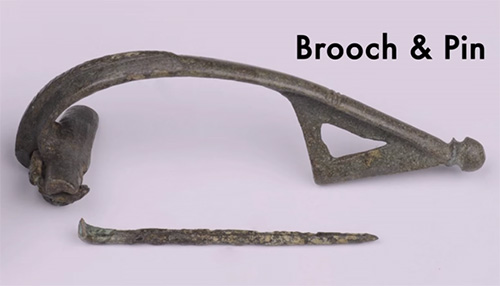
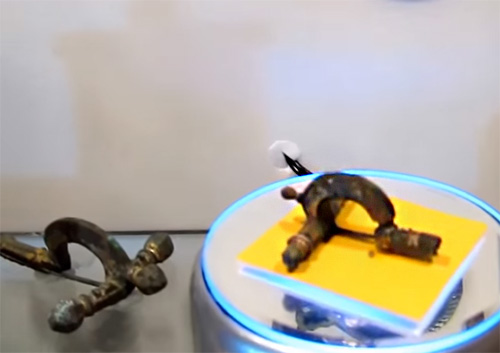
Some of those brooches had a chain that joined one side and the other to stop it from slipping off your shoulders. And they were quite decorative – sometimes, they were enameled, so they were quite brightly colored. But most brooches – although they were gold-looking – weren't made of gold. Gold was too soft for a brooch and they used the copper alloy but made it look a goldy color.
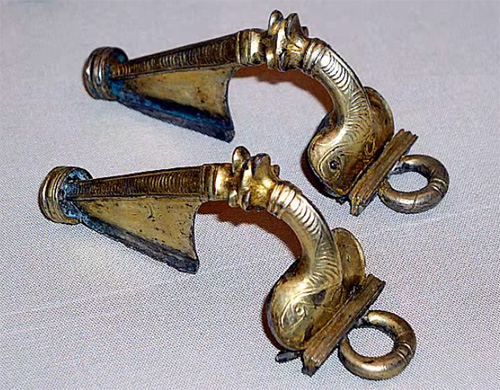
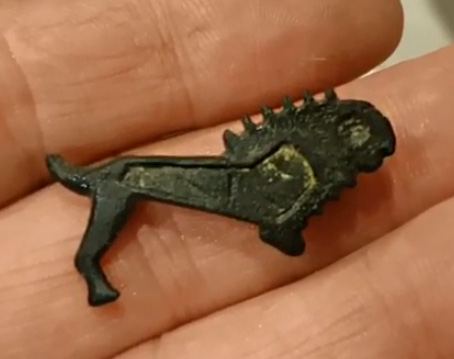
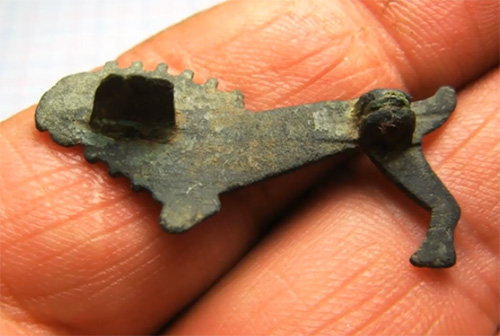
And some of them were quite sort of delicate little brooches. Others were novelty, fun ones – you could get brooches of a fish shape or boat shape.
Roman finger rings
So, brooches were an important part of what you wore. But then, people also wore things like finger rings. And quite a lot of them were worn on the thumb, so they were heavy things. A lot were made of iron – we tend to think of iron as being a bit black and rusty-looking these days, but new iron looks silvery. So they made it look like silver, even though it was made of iron.
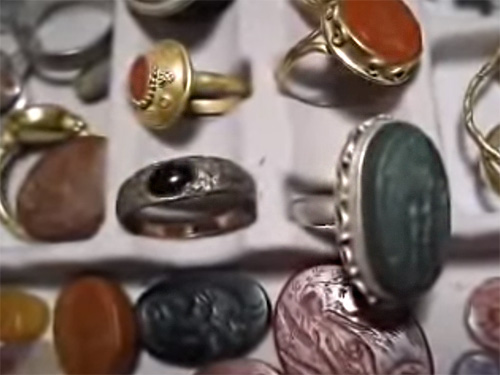
A lot of these rings would have had sort of seals set into the top part of a ring so that you could actually press the ring into wax when you wanted to seal a document or something like that.
Roman hairpins
And, of course, ladies’ hairstyles were always long, and it meant that they wore their hair up in fancy styles. Thus, there were hairpins of all different shapes and sizes.
And because of that, you can actually tell the fashion for hairstyles. Because in the I century (we can tell it from the portraits of the Empresses on coins), they had very fancy hairstyles that were built up quite high on frames. If you had that, you needed a long-handled pin to actually be able to anchor all that in place.
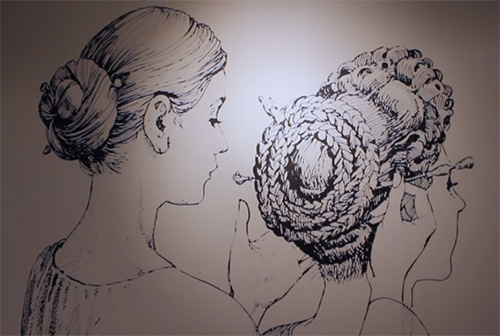
But by the third century – 200 years later – the hairstyles had changed, and it was much more sort of crimped waves with a bun at the back. So, if you've only got a bun at the back, you needed a short pin to actually hold the hair in place. That sort of thing can actually tell us a lot about fashionable hairstyles.
Colors of Roman jewelry
The colors in jewelry did symbolize social class. You could only wear gold and silver if you were from the upper classes. That's why a lot of Roman jewelry was gold-colored rather than gold. They wanted to look as though they had money but they weren't allowed to actually wear gold and silver.
Male and female jewels
There were some differences in the jewelry worn by males and females. Of course, the costume was slightly different, so men wouldn't have needed brooches to hold their tunics together but they needed brooches for their cloaks. Their jewels would have been of a similar style but, probably, a more rugged, more substantial style of brooch.
Women had lots of different novelty things and would have worn sort of trinkets like we wear badges and brooches today. So there would have been quite a difference in the brooches worn by men and women.
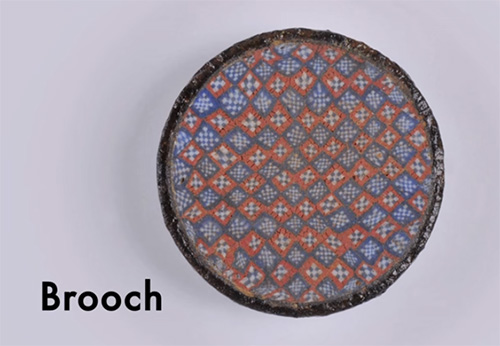
The rings would have varied, too. Of course, men's rings would have been chunkier and they would have been worn to show their class. Also, these seals in the finger rings that were worn mostly by men so they could seal their documents. It was felt that women probably didn't need to seal the documents quite so much because they weren't involved in business quite so much.
(c)


